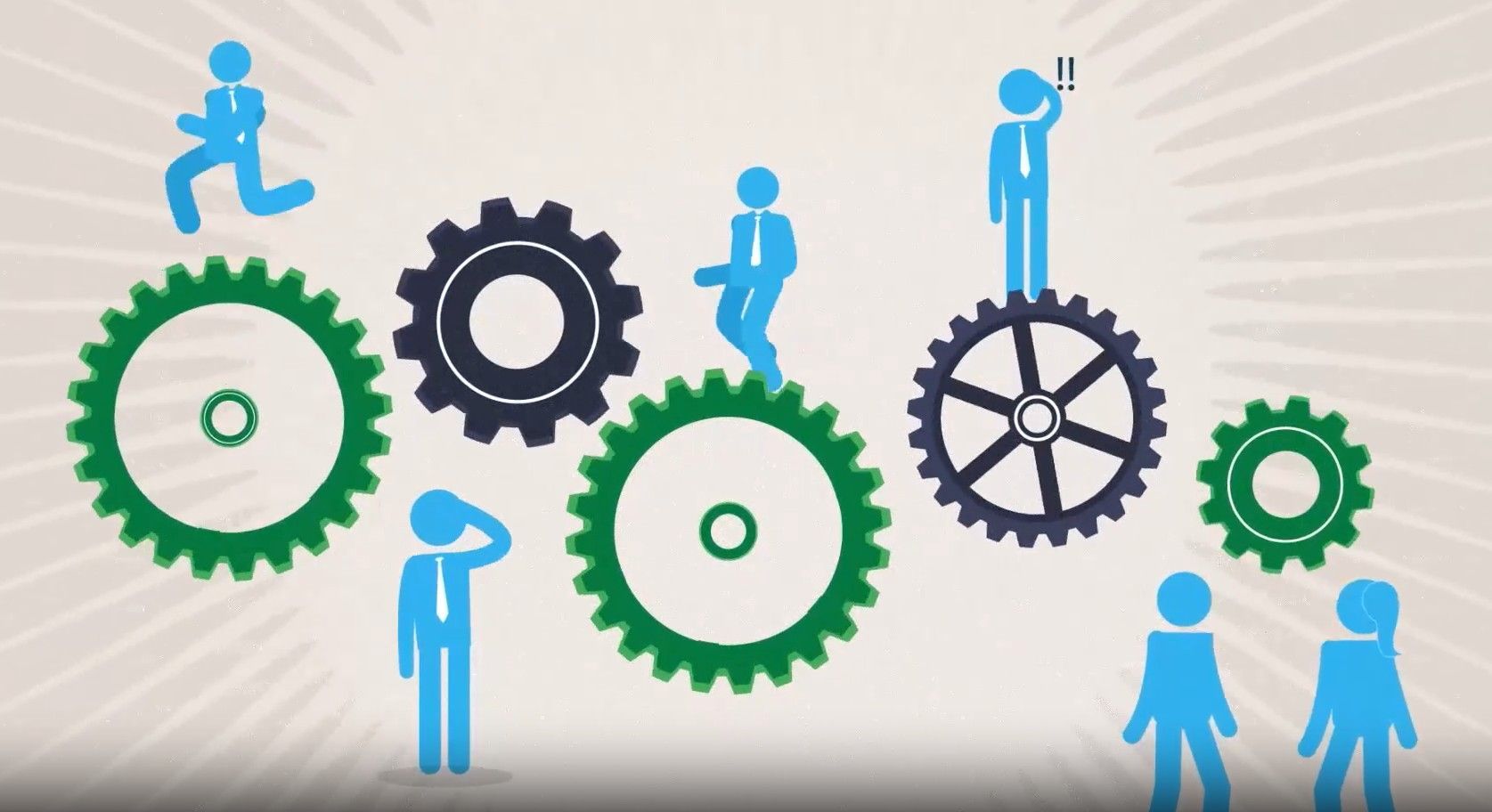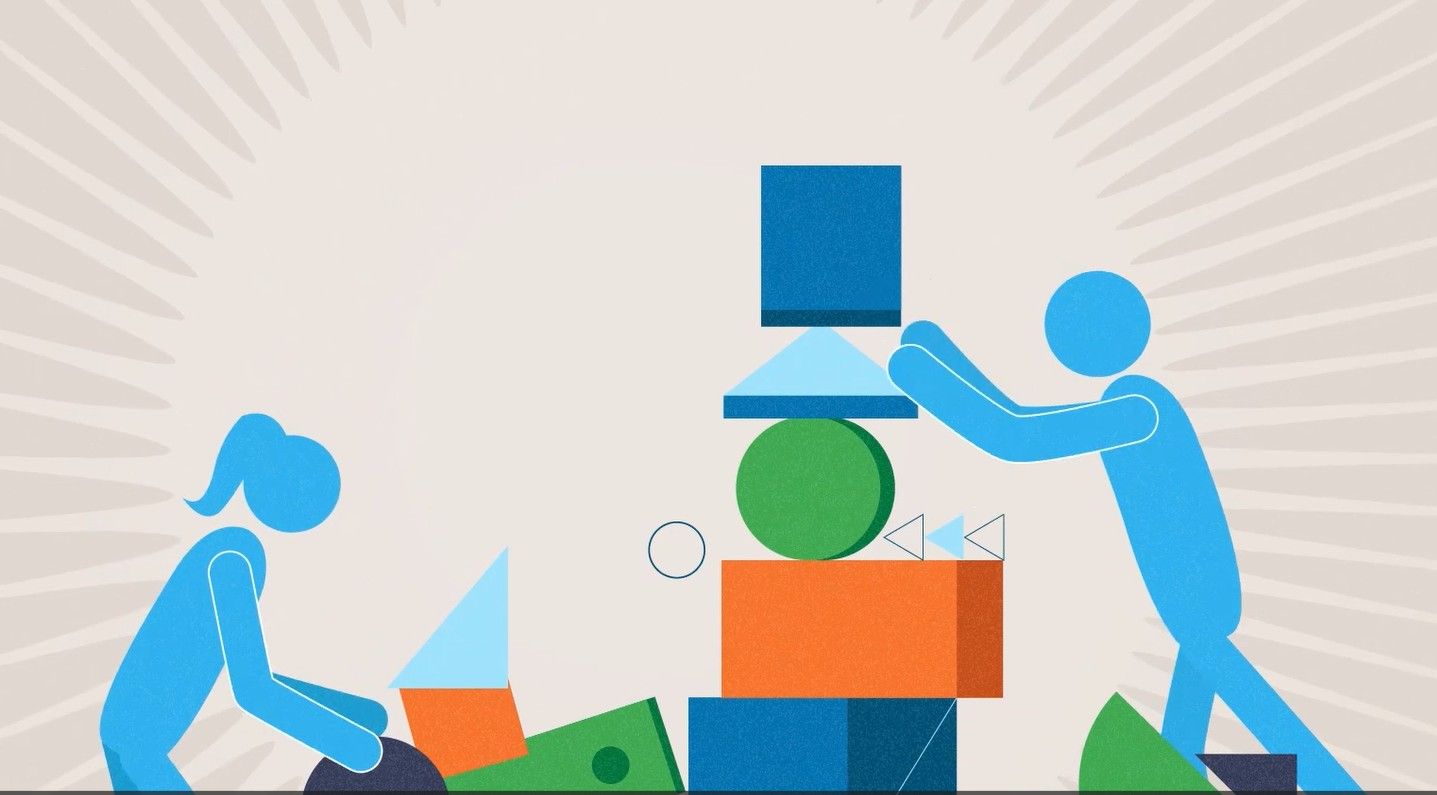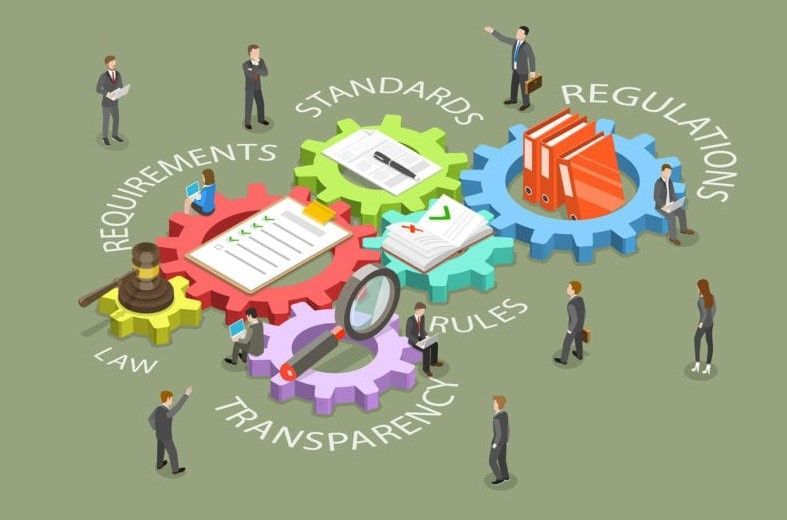Your Company’s Secret Sauce
August 14, 2025
Many companies have one. Too many don’t know what it is—do you?
Most successful companies have a “secret sauce” that gives them an edge—a true differentiator that creates unique value for their customers or clients. Companies might also have a “plain sauce,” which also differentiates them, but is not secret or as powerful. This month we hope to help you focus on your sauce, secret or not, in some new ways. Here are three questions to consider.
Question #1: Is your secret sauce secret even to you?
This question is about knowing all the things that lead to your company success. Here is an example from the food industry.
Walk like Irving. Vienna Beef in Chicago faced an unexpected problem after moving from an antiquated facility to a new one just a few miles away: The famous hot dogs just weren’t the same.
“They tasted OK,” CEO Jim Bodman explained to NPR, “but they didn’t have the right snap when you bit into them. And even worse, the color was wrong. The hot dogs were all pink instead of bright red.”
Bodman and his team examined every part of their process over a year and a half, without finding an answer. Then one night after work in a bar, a few employees were talking about one of their former co-workers, Irving, who decided to retire when the company moved.
Irving wheeled uncooked hot dogs in a tortuous, 30-minute journey from one end of the plant to the smoke house at the other end, passing through heated rooms, areas where other foods were in various stages of production—even riding in an elevator. Irving’s job was not required in the new plant because the process flow had been optimized to improve efficiency.
It occurred to one of the workers that eliminating the time and “experience” (for the hot dogs) that Irving’s walk created might have caused the problem. After testing, Vienna Beef did determine that “Irving’s walk” had put the snap in the texture. Solution? Add a specially constructed room in the new plant to re-create the walk-and get the snap back.
Prevention: Record every step in your processes and understand the value of each step. If a step is there because “that’s always the way we’ve done it,” take time to see if really does add value. If not, then decide if it can be discarded.
Google Analytics for Your Company
From Data to Decision-Making
Ideal for CEOs and marketers to attend together.
On Wednesday, August 8, we’re offering a complimentary program in Vernon Hills, Illinois, to help you better understand Google Analytics and its value for your business or organization.*
Networking 7:30 a.m.; program 8 to 9:30; plus one-on-ones afterward.
For more information or to secure your place, just get in touch:
847-446-0008 Ext. 1 / pkrone@productivestrategies.com
Question #2: Does your sales process protect your secret sauce or proclaim it to the world?
Sports teams, especially at the professional level, are notoriously close-mouthed about releasing information on strategies and player injuries. They know that competitors can use that information to sharpen their attacks. Competition in business is no different.
Most companies know, or at least have an idea of, a competitive advantage they might have. It’s what not only differentiates them from competition, but it’s also what creates “added” value for customers. But, to establish their credentials and expertise, companies too often give away the secret sauce behind the differentiation.Big mistake. Prospects don’t need to know the “how.” They just need to know the “what”—that is, the end result and its implications for their business. Have you ever shared your specifications or strategy or product with prospective buyers, only to have them shop that intellectual capital and award the work to the lowest bid? Most business people we talk to will admit it that it’s happened to them.
Read on to learn how to establish expertise and value without giving away the store.
Question #3: Do you know how to communicate the value of your sauce to the market?
In our experience, many companies, if not most, simply don’t know how. Worse, they don’t know that they don’t know. The problem is that their sales process is not equipped to show the value without revealing the secret. For example, one of our client’s market research unearthed a surprising result. The key differentiator that kept current customers coming back was “great documentation.” Superior documentation was the secret sauce hidden in plain sight. But because it was routine for the company, no one there realized how absolutely essential it was to its regulatory-industry customers—and that its competitors weren’t even in the same ball park. Once executives recognized this powerful competitive advantage, they learned how to communicate its value to prospects by participating in our popular consultative sales training course, FOCIS®.
Don’t Know Your Secret Sauce or How to Communicate It?
We can help you identify it through market research or facilitated discussions and brainstorming. We can then teach your business developers how to persuade prospects of the value you add, not merely educate them. There are important differences. Just get in touch at 847-446-0008 Ext. 1 or pkrone@productivestrategies.com. (And you can be sure that once we find your secret sauce we won’t tell a soul.)
________________________________________
*Your Chicagoland Hosts for Google Analytics:
From Data to Decision-Making on August 8.
YouTech & Associates: A full-service integrated marketing agency that leverages data and creativity through digital and traditional marketing, advertising, and public relations to develop new business for its clients. Google Certified presenters.
Remke Industries: A manufacturer and supplier of industrial-strength cord connectors, wire mesh grips, and molded connectors for fifty years. Today, Remke offers one of the largest and most diverse lines of electrical connectors available.
Productive Strategies: A management and marketing consulting firm that offers expertise in building the top line through consultative sales training and customized process development, lead generation and appointment-setting, and marketing and marketing communications.
The post Your Company’s Secret Sauce appeared first on Productive Strategies, Inc..










